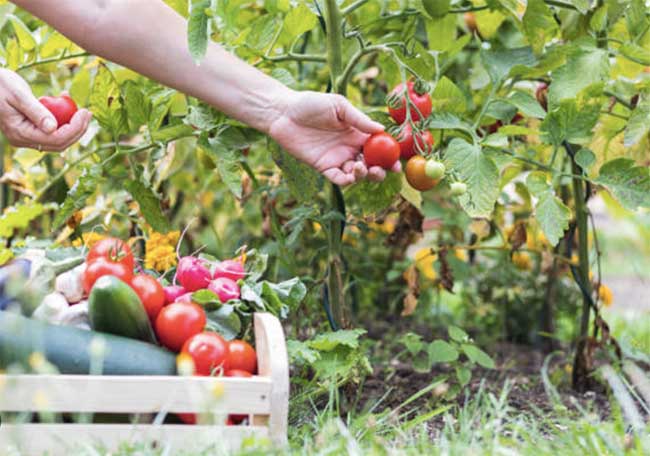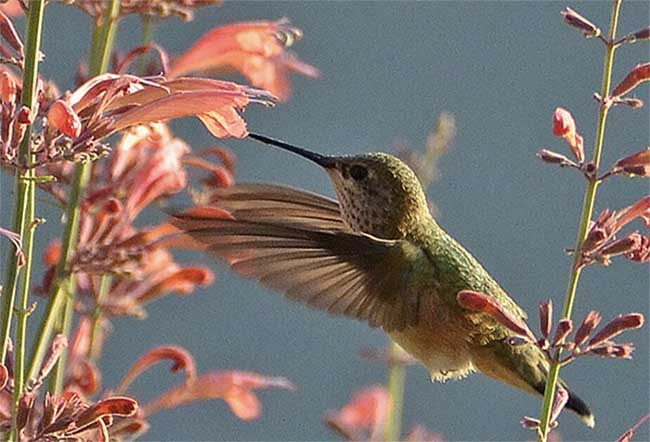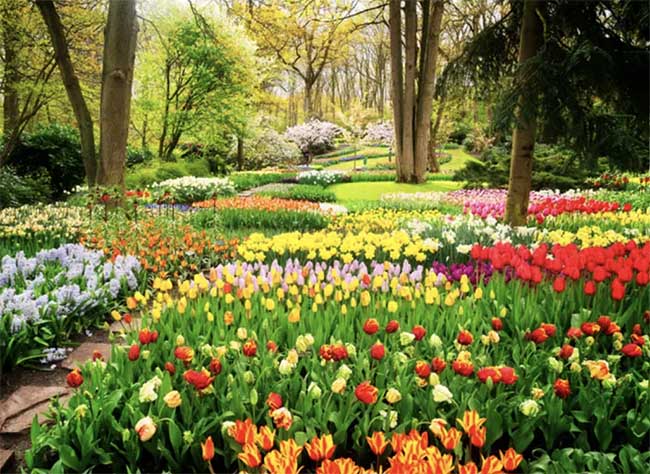How do you start a vegetable garden for beginners?
Looking to start a vegetable garden from scratch? There are several ways to start a vegetable garden. But not all ways are cost-effective and efficient, especially for beginners.
For beginners, you need a reliable and efficient method. The method must be easy to implement and require a minimal budget. With food gardening on the rise, it makes sense to start a vegetable garden.
You want a garden project that requires minimal skills as a beginner. If you start wrongly, your experience as a gardener will be short-lived. If you’re excited about gardening, then you’ve come to the right place.
Today I’ll share steps beginners can follow to start a vegetable garden. Keep reading.
Garden size and location
The first step towards starting a vegetable garden for beginners is picking the right location. How much space do you have available for your garden? These are two things you much know.
Pick a suitable location in your backyard that receives a minimum of six hours a day. The amount of sun received is crucial. With the amount of sun varying during the winter and summer, consider sunlight levels reaching the location later in the season.
Generally, pick the sunniest spot possible.
How big should your garden be? As a beginner, it’s recommended that you start small. But you can choose a bigger size if you have enough time to take care of it. A simple 6 by 6 foot garden is great for beginners.
It’s recommended that you start small. You don’t want to invest a lot as a beginner. Investing tons of money and time in a new project might be a gamble. You can gradually increase your garden size as you master more gardening skills.
Choosing the right vegetable
With the garden spot selected, you need to choose the right vegetables to grow. As a beginner, consider highly productive vegetables. Ideally, you need to grow what you love to it! What are your favorite vegetables? This should guide you on the type of v vegetables to grow.
You can also consider successive plants that you can grow throughout the year. Most gardeners choose warm and cool-weather vegetables to keep their gardens occupied at all times.
Easy vegetables to grow as a beginner
Read through our list of the 9 best vegetables to grow as a beginner.
Tomatoes: Tomatoes should be top of your list when starting a garden as a beginner. These are tender warm crops that take 60 to more than 80 days to mature depending on the variety. Tomatoes are easy to grow. You need to choose the right variety and a sunny spot for bountiful harvests. If you’d like to grow tomatoes in your garden, Backyard Gardeners Network is a great place to start!
Lettuce: Lettuce is a cool warmer crop and is best grown in the spring and fall. They take 30 to 70 days to harvest.
Beets: Beets are easy to grow and are cold-tolerant. You can grow seeds outside without damage from cold weather. Beets take 7 to 8 weeks to mature for harvest.
Peppers: Peppers are easy to grow and do well in sunny and well-drained soils. They take 60 to 90 days to mature for harvest.
Radishes: Radishes are easy to grow. You can sow seeds outside in pre-warm soil.
Green Beans: Green beans are easy to grow and don’t require a long growing period. You can sow seeds in balanced pH soil, and water and ensure they receive maximum sunlight.
Carrots: Carrots are also easy to grow taking 60 to 80 days. The fleshy parts of carrots are inserted into holes and covered gently.
Peas: Peas are also easy to grow with seeds directly sown into the ground. Plant the seeds as soon as the ground is thawed.
Kale, spinach, orchard: Kale, spinach, and orchard are among the first growing vegetables to try. Transplant seeds mature in 30 to 40 days.
Preparing the soil
Next, you need to prepare the soil for planting. Start by removing the sod. This is probably the hardest stage. Use a flat-bladed space to remove the sod from outside the garden and in.
With the sod clear, you need to loosen the soil a little and perform a soil test. You want to make sure the soil is rich in nutrients. Add some compost material and mix everything.
For a new garden, you need to turn the soil to loosen compact areas. However, for a continuous garden, avoid this to prevent disturbing the microbes.
Planting a new garden
With your new garden ready, it’s time to plant. Planting can be done in two ways. You can sow seeds directly into the soil or use seedlings. Seedlings can be bought or first planted indoors and then transplanted.
Care and maintenance
Lastly, you need to take care of your garden and keep crops nourished. Make sure you pull out the weeds and keep the garden watered and fertilized. For plants that need support like tomatoes, add some stakes.
There you go! Wait for your vegetables to mature and harvest regularly when ready!


